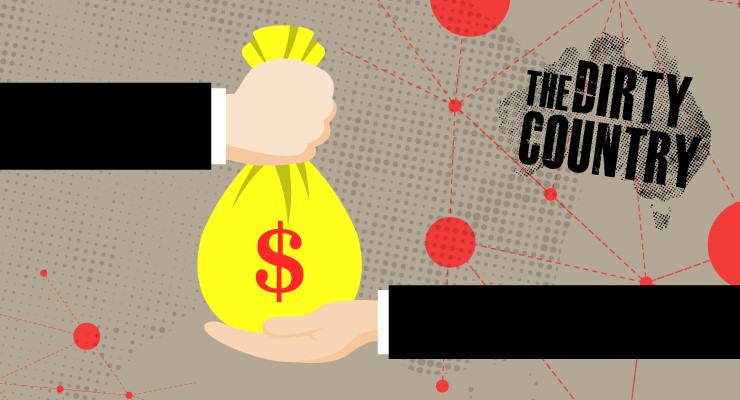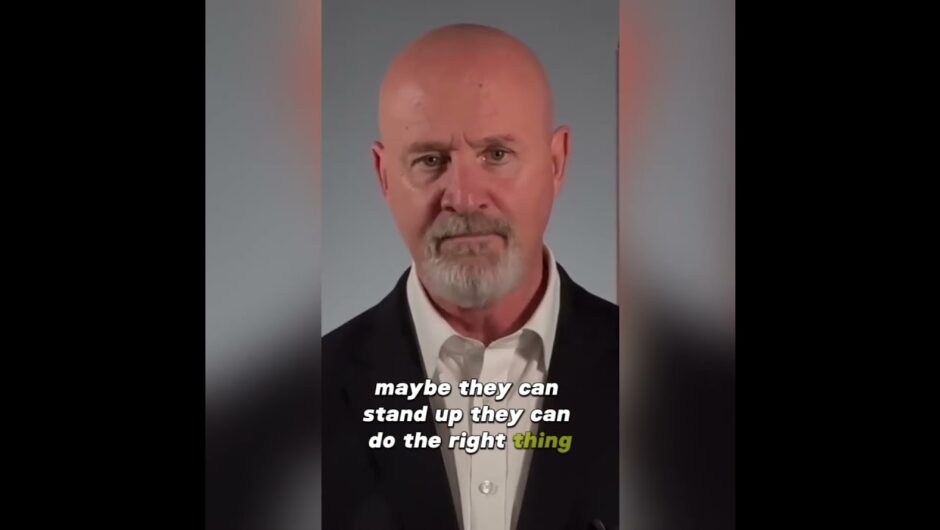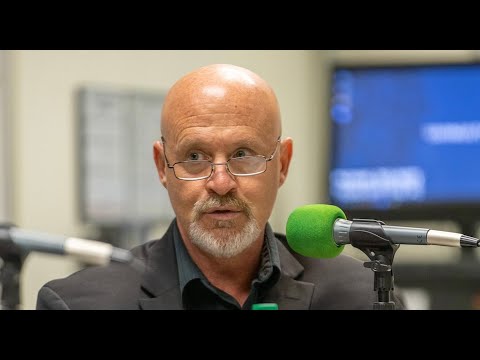Political parties need money. Donors need political favours. So they dance to the tune of millions of dollars.
This is part one of The Dirty Country, Crikey’s deep dive into Australian corruption. Read the series introduction here.
Money is the necessary (if not sufficient) ingredient of politics. As Clive Palmer has repeatedly demonstrated, throwing money at politics isn’t enough to get you elected, but without it, success is far more difficult.
In the 10 years to 2020, the federal Labor and Liberal parties earned $230 million and $222 million respectively from all sources of income. Much of that is public funding provided after each election, based on the number of votes the parties’ candidates received. Some of it is borrowings from banks. Some of it returns on investments or from the sale of assets.
But most comes from contributions by donors — individuals, business and their lobby groups, and trade unions.
Despite the protestations of both parties and donors, political donations are directly linked to the desire to influence policy.
A 2018 report by the Grattan Institute showed how highly regulated industries in Queensland donate many multiples of the sums donated by low-regulation industries. Unions were the second highest donors overall. Highly regulated industries also meet ministers far more than anyone else in both Queensland and New South Wales.
Grattan also reported a Transparency International poll that showed people who work in government — and especially the federal government — are much more likely than the rest of us to have either witnessed or suspected that politicians or bureaucrats do favours for donors.

The importance of access and influence to donations has increased in recent years as the major political parties have encouraged businesses to contribute to parties by buying subscriptions to multiple fundraising events at which company representatives can dine with, speak to or question frontbenchers. This suits both sides — it means more income for the parties, and greater access for business and lobbyists, and there are fewer transparency requirements around such “purchases” compared with straight donations.
The trading of access for contributions is also reflected in the refusal of some companies to give money to parties that way. ANZ makes only a single annual donation to both sides rather than attend fundraisers, saying “involvement in political fundraising activities can lead to perceptions of cash for access or favours”.
These kinds of political contributions can be as much about building relationships as direct influence. As one ex-politician told a group of academics in 2018: “If you know that they are a regular donor then you’ll obviously meet with them.”
‘Mouthpiece money’
Donations are also a mechanism for establishing relations with politicians early in their careers. As a former staffer told the same study, donors will “find guys who have a voice in caucus and they buy … we call it mouthpiece money … There’s two or three guys or women in caucus who will argue on behalf of the club (in regards to gambling policy), right. They’ll also then go and find the next up-and-coming heroes who might become the next premier. He might be a guy on the rise, and they’ll start giving him money too.”
Why do political parties allow outsiders to influence policy? Because they need the money. There is no limit to how much political parties can advertise, and until recently prime time television advertisements were the best mechanism for reaching as many people as possible with key election campaign messages.
The surge in pre-poll voting has placed greater pressure on parties’ budgets as they can no longer save their funds for a big advertising push in the last week of campaigns, although this may be offset to a degree by the growing use by the parties of Facebook to push messages and scare campaigns, which costs far less to reach targeted voters.
But as it stands the real beneficiaries of Australia’s political donations system are television networks and newspaper companies for whom regular injections of election advertising spending are a key source of income.
As a key tool of influence-wielding in politics, donations should be as transparent as possible. And while some jurisdictions like Queensland and NSW have strong, 21st century disclosure laws around donations, the Commonwealth remains stuck with 20th century processes little removed from the days of quill and ink, with party branches sending in hand-written forms listing income sources once a year, long after they’ve received money.
The Commonwealth disclosure rules are extremely loose, omitting significant amounts of contributions both due to their size (anything below $14,000, indexed, doesn’t have to be declared) and nature (an outright donation must be declared; payment for a “subscription” or a seat at a political fundraiser does not).
For this reason, there is no transparency about tens of millions of dollars in political donations. Of the $230.2 million in receipts obtained by the federal Labor Party between 2011-20, Labor did not disclose the source of $17.5 million, about 8%.
Another $15 million was identified as coming from other sections of the party or related entities: John Curtin House, the ALP’s long-standing investment vehicle, or state and territory party branches. Each of these also discloses financial details, but tracking individual donations becomes impossible. A key source of funding for John Curtin House, for example, is in turn the federal Labor Party.
But Labor’s transparency is relatively high compared with the federal Liberal Party. Labor reports all donations over $1000, regardless of the reporting threshold, allowing greater visibility of its receipts. The Liberal Party refuses to.
As a result, the source of $25 million of the $221.8 million it has identified as income is a mystery. Another $18.8 million is from other party sources, including the major Liberal investment vehicle Cormack Foundation (when it isn’t feuding with Liberal powerbrokers) and state branches, meaning the origin of nearly $1 in every $5 received is unclear.
The benefits of the influence obtained via political donations can be significant indeed and are well documented. A number of jurisdictions, including NSW, Queensland and the ACT, have banned donations by property developers on the basis that they lead to inappropriate influence over planning decisions.
In upholding the NSW laws against legal challenges by developers, the High Court ruled:
NSW submits that the degree of dependence of property developers on decisions of government about matters such as the zoning of land and development approvals distinguishes them from actors in other sectors of the economy … These submissions of NSW should be accepted.
Recent history in NSW tells against the plaintiffs’ submission … The Independent Commission Against Corruption (ICAC) and other bodies have published eight adverse reports since 1990 concerning land development applications. Given the difficulties associated with uncovering and prosecuting corruption of this kind, the production of eight adverse reports in this time brings to light the reality of the risk of corruption …
Gaming and hospitality
The gaming and hospitality industry has long been a major donor at state and federal level; academic work has identified links between donations and attempts to encourage politicians to deliver desired policy outcomes.
The case of gambling giant Crown has been particularly prominent recently, with an obvious contrast between the regulatory outcomes for it in Victoria and Western Australia — where both sides of politics have enjoyed hundreds of thousands of dollars in donations from it — and NSW, where the company has been a relatively small contributor.
Other prominent cases include the major banks, which generously gave to both sides of politics but particularly the Coalition over many years, and in turn earned the protection of the Coalition — the repeal of the Future of Financial Advice changes, the gutting of the corporate regulator, and resistance to calls for a royal commission that, ultimately, could not be resisted.
The Coalition, which has long resisted serious climate action, also enjoys a heavy predominance of mining and fossil fuel company donations
While state restrictions on property developer donations illustrate the utility of outright prohibition, it is a model of limited value given the broad swathe of industries that seek, and apparently succeed, in buying access and influence at the federal level — not merely mining companies or the finance industry but hospitality and gambling, the big four consulting firms and energy firms.
Any caps or restrictions on donations must also be coupled with a removal of the systemic incentive to obtain funding in the first place. That means either caps on election spending — something that would infuriate the media — for both political parties and third party groups, or a dramatic increase in public funding, which the electorate may not be enthused about either.
But the current system at the federal level remains a key vector of soft corruption in Australia.
Next: The fall of freedom of information.
Should all political donations be banned? Write to [email protected]. Please include your full name to be considered for publication in Crikey’s Your Say section.

Follow the team that follows the money
Nobody digs into corruption in this country better than Crikey does.
Now we’re digging even deeper with our new multi-part series, The Dirty Country: Corruption in Australia, where our team lifts the lid on corruption, telling us how it’s done, who wins and what it costs.
Get involved. Follow the team that follows the money. Save 50% on a year of Crikey — that’s just $99 for an annual membership — when you subscribe today with the promo code CORRUPTION.
Peter Fray
Editor-in-chief of Crikey








